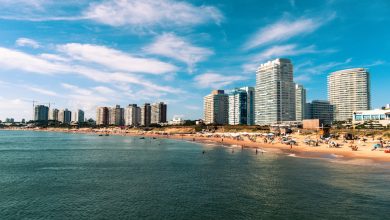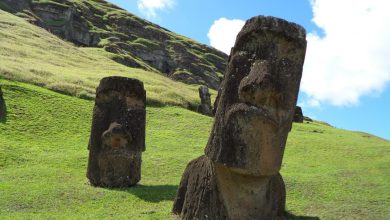Antarctica Travel Guide: A Must-Read Before Your Adventure
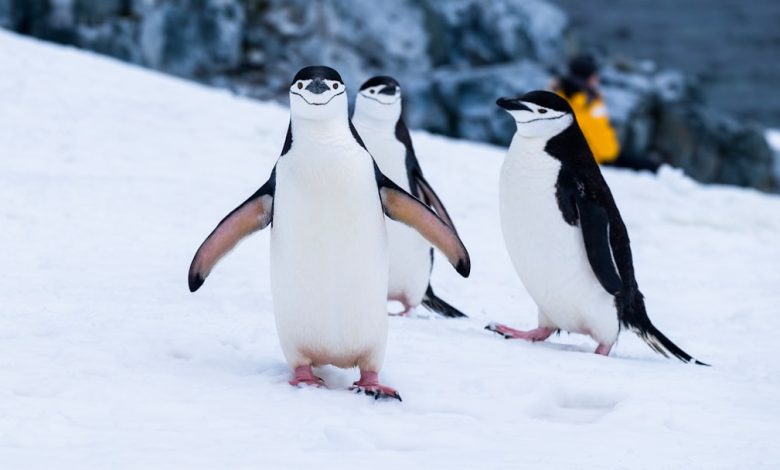
Antarctica, with its extreme climate and pristine beauty, is a dream destination for adventurous travelers. Before embarking on this once-in-a-lifetime journey, it’s essential to have a comprehensive Antarctica travel guide to ensure a memorable and safe expedition. From understanding the geographical and climatic nuances to essential packing tips and wildlife spotting, this guide covers everything you need to know for an unforgettable Antarctic adventure. Whether you’re considering a cruise or a land-based expedition, or simply seeking the best time to visit, this guide will provide valuable insights to make the most of your Antarctica travel experience.
Understanding Antarctica: Geography and Climate
Antarctica, the southernmost continent, is a land of extremes. Here’s a glimpse into its geography and climate for a comprehensive Antarctica travel guide.
Geography of Antarctica
Antarctica is the fifth-largest continent, almost twice the size of Australia. Key geographical features include:
- Mountain Ranges: The Transantarctic Mountains divide East Antarctica from West Antarctica.
- Ice Sheet: Antarctica is covered by an ice sheet, which holds about 90% of the world’s ice.
- Lake Vostok: One of the largest subglacial lakes in Antarctica, hidden beneath the ice.
Climate in Antarctica
The climate in Antarctica is characterized by:
- Extreme Cold: The lowest temperature ever recorded on Earth, -128.6°F (-89.2°C), was recorded at the Soviet Vostok Station.
- Dryness: It’s the driest continent, with very little precipitation.
- Seasonal Variation: During summer, coastal temperatures can reach just above freezing, while inland regions remain bitterly cold.
Comparison Table: Antarctica vs. Other Continents
| Aspect | Antarctica | Other Continents |
|---|---|---|
| Size | Fifth largest continent | Varied sizes |
| Population | Only temporary researchers | Inhabited by billions of people |
| Temperature Range | Extreme cold | Varies from hot to cold |
Understanding the unique geography and climate of Antarctica is essential for anyone planning to visit this extraordinary continent.
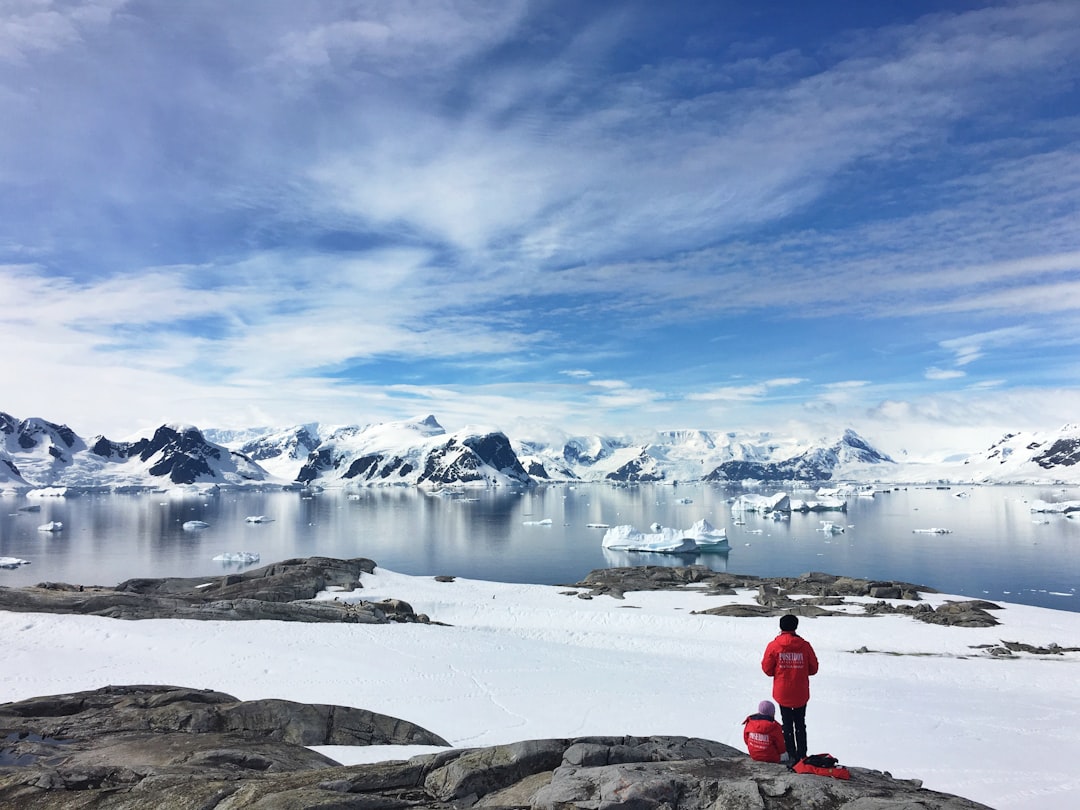
Best Time to Visit Antarctica
When planning your trip to Antarctica, it’s crucial to consider the best time to visit to make the most of your experience. The Antarctic travel guide should highlight the following key points:
- High Season (Late November to Early March)
- This period offers the best weather conditions with longer daylight hours, making it ideal for exploration and wildlife sightings.
- It’s the peak time for penguin colonies, seal pups, and migratory birds, providing a remarkable wildlife experience.
- Adventurers can witness stunning landscapes with relatively milder temperatures, ranging from 23°F to 41°F (-5°C to 5°C).
- Shoulder Season (Late March to Early April)
- The shoulder season is an excellent time to visit for those seeking fewer crowds and unique experiences.
- As the season progresses, the landscapes transform, presenting picturesque snowscapes and breathtaking icy scenery.
- Wildlife enthusiasts can still catch glimpses of wildlife, including whale sightings, as they begin their migration.
- Low Season (Late April to Early November)
- Though it’s the low season, it’s a unique time to visit for the most adventurous travelers.
- The Antarctic landscape is at its most pristine, coated in pristine ice and snow, offering a surreal experience for photographers and nature lovers.
- Winter activities such as snowshoeing and ice camping are possible during this time.
By understanding the different seasons and their offerings, travelers can make an informed decision about the best time to embark on their Antarctica journey. Whether seeking vibrant wildlife encounters or mesmerizing frozen landscapes, each season has its own charm, ensuring a remarkable experience.
How to Get to Antarctica: Transportation Options
When planning a trip to Antarctica, it’s essential to consider the transportation options available. Getting to the southernmost continent is an adventure in itself, and here are the transportation choices to consider:
Cruise Ships
- Pros:
- Offers a unique and scenic journey through the Southern Ocean.
- Provides comfortable accommodations, amenities, and onboard entertainment.
- Allows for multiple landings and wildlife encounters.
- Cons:
- Limited availability during certain months.
- Can be relatively expensive compared to other modes of transportation.
Expedition Vessels
- Pros:
- Ideal for adventurous travelers seeking an authentic Antarctic experience.
- Provides a more intimate and educational journey with expert guides.
- Offers activities like kayaking and camping for a closer encounter with the environment.
- Cons:
- May not offer the same level of luxury and comfort as traditional cruise ships.
Flights
- Pros:
- Provides a quick way to reach Antarctica, saving time and offering aerial views.
- Ideal for those with limited time or a preference for flying over sailing.
- Offers options for fly-in, fly-out expeditions for a shorter trip.
- Cons:
- Limited to specific destinations such as the Antarctic Peninsula.
Research Stations
- Pros:
- Offers a different perspective with an opportunity to visit scientific research stations.
- Provides insight into the daily life of researchers in Antarctica.
- May be a more budget-friendly option compared to cruises or flights.
- Cons:
- Limited accessibility and availability for tourists.
- Involves extensive planning and coordination due to strict regulations.
Considering the transportation options is crucial to ensure a smooth and memorable journey to Antarctica. Each option varies in terms of experience, cost, and accessibility, so travelers should carefully evaluate their preferences and priorities when selecting the most suitable transportation mode.
Choosing the Right Expedition: Cruise vs. Land-based
When planning a trip to Antarctica, one of the most crucial decisions you’ll make is choosing the type of expedition that best suits your preferences and travel style. Both cruise and land-based expeditions offer unique experiences, so it’s essential to weigh the pros and cons before making your decision.
Cruise Expeditions
Cruise expeditions are popular among travelers seeking a comfortable and comprehensive Antarctic experience. Here are some key points to consider:
- Scenic Exploration: Cruises offer unparalleled opportunities to witness Antarctica’s breathtaking landscapes from the comfort of a well-equipped vessel.
- Access to Remote Areas: With the ability to navigate through icy waters, cruise ships can access more remote and pristine locations, providing a wider range of exploration.
- Onboard Comfort: Amenities such as spacious cabins, dining options, and educational lectures ensure a comfortable and enriching journey.
Land-based Expeditions
On the other hand, land-based expeditions offer a more immersive and adventurous encounter with Antarctica. Here are the primary aspects to keep in mind:
- Active Exploration: Land-based trips often involve activities like kayaking, camping, and trekking, allowing for a closer connection to the environment.
- Extended Stay: Unlike cruises, land-based expeditions offer the opportunity to spend an extended period in Antarctica, fostering a deeper understanding of the region.
- Environmental Impact: Opting for a land-based expedition can often result in a lower environmental impact compared to cruise expeditions.
Comparison Table: Cruise vs. Land-based Expeditions
Here’s a brief comparison table to help you weigh the differences and make an informed decision:
| Criteria | Cruise Expeditions | Land-based Expeditions |
|---|---|---|
| Scenic Exploration | Excellent | Limited |
| Access to Remote Areas | Extensive | Restricted |
| Onboard Comfort | High | Basic |
| Active Exploration | Limited | Extensive |
| Duration of Stay | Limited | Extended |
| Environmental Impact | Moderate | Low |
In conclusion, whether you opt for a cruise or a land-based expedition, both offer extraordinary opportunities to explore Antarctica. Ultimately, the choice depends on your preference for comfort, level of activity, and the depth of immersion you seek in this pristine polar wilderness.
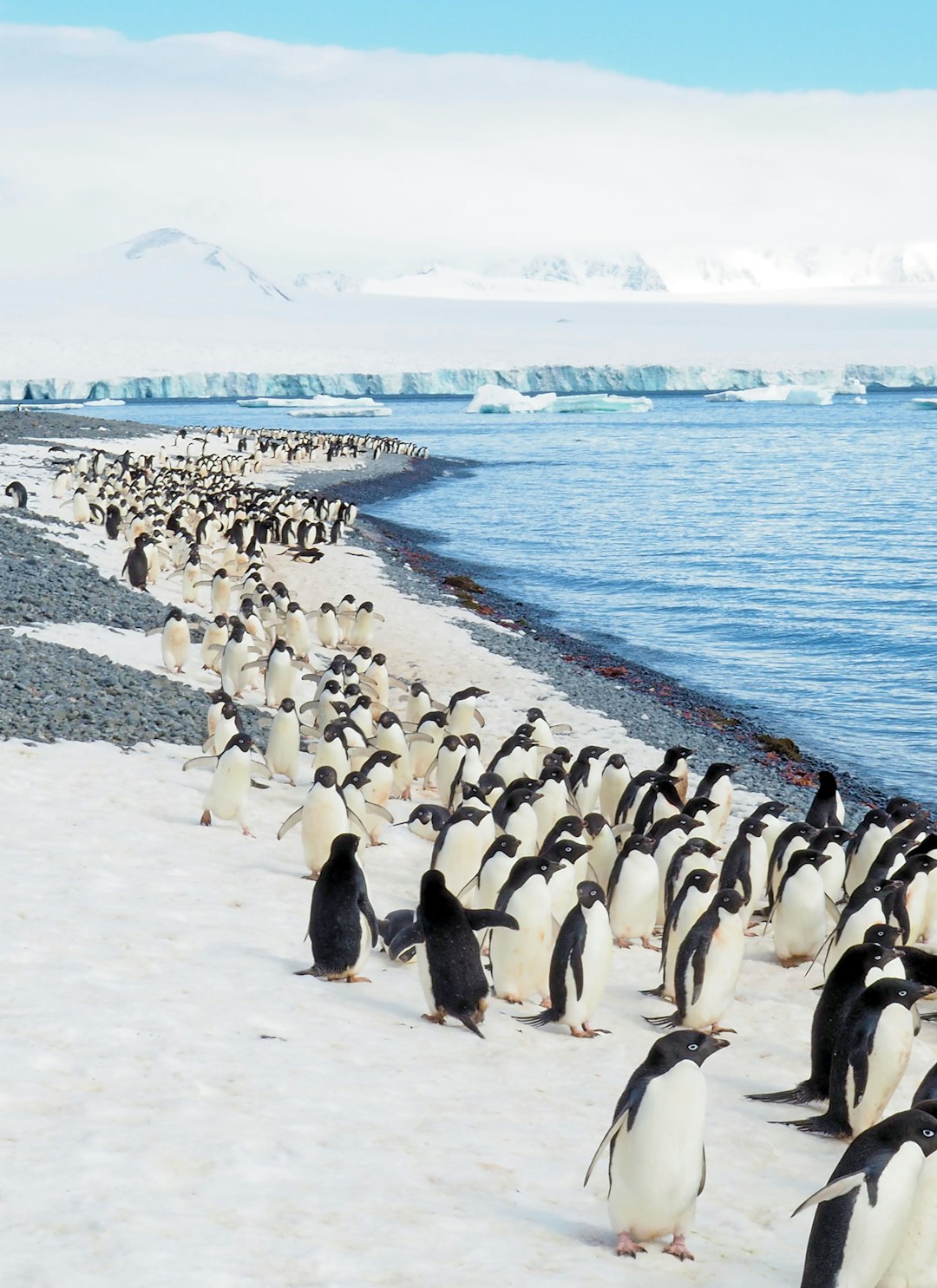
Must-See Attractions in Antarctica
When planning your Antarctica travel guide, it’s essential to know about the must-see attractions that will make your journey an unforgettable experience. Here are some of the captivating attractions that should be on your itinerary:
- Lemaire Channel: Also known as the “Kodak Gap,” this stunning channel is surrounded by towering, jagged peaks and is often referred to as one of the most beautiful passages in Antarctica.
- Port Lockroy: A former British research station, now operating as a museum and post office, Port Lockroy offers a unique opportunity to learn about the history of Antarctic exploration.
- Deception Island: This horseshoe-shaped island is actually an active volcano. Visitors can soak in its hot springs and explore the rusting whaling industry relics.
- Cuverville Island: Home to one of the largest colonies of gentoo penguins, Cuverville Island is a paradise for wildlife enthusiasts. You can also witness stunning ice formations and breathtaking landscapes.
- Penguin Rookeries: Antarctic expeditions offer an opportunity to visit various penguin rookeries, such as those of the Adélie, chinstrap, and emperor penguins, allowing for up-close encounters with these charming creatures.
- Scientific Research Stations: Visits to scientific research stations, such as the one at Palmer Station, present a chance to interact with scientists and learn about the important research being conducted in Antarctica.
- Landing Sites: Make sure to explore diverse landing sites that offer unique experiences, from walking on glaciers to observing seals and seabirds in their natural habitat.
Antarctica travel guide enthusiasts will find these attractions awe-inspiring and truly emblematic of the unique beauty and wilderness of the continent.
Packing Essentials for an Antarctic Expedition
Before embarking on your Antarctic adventure, it’s crucial to pack the right essentials to ensure a comfortable and safe journey. The extreme weather conditions and remote location of Antarctica demand thorough preparation. Here’s a list of packing essentials for your Antarctic expedition:
- Layered Clothing: The key to staying warm in Antarctica is layering. Pack thermal underwear, moisture-wicking base layers, insulating mid-layers, and a waterproof, wind-resistant outer layer.
- Insulated Boots: High-quality, insulated boots are essential for navigating the icy terrain. Ensure they are waterproof and provide good traction.
- Gloves and Hats: Pack waterproof, insulated gloves and hats to protect your extremities from the cold. Consider bringing a balaclava or neck gaiter for added warmth.
- Backpack: A sturdy, waterproof backpack is handy for carrying essentials during shore excursions. Look for a backpack with a hip belt for added comfort.
- Sun Protection: Despite the cold, the sun’s UV rays are intense in Antarctica. Bring sunglasses, a high SPF sunscreen, and lip balm with UV protection.
- Camera Gear: Capture the stunning landscapes and unique wildlife with a quality camera. Ensure your gear is cold-resistant and pack extra batteries and memory cards.
- Seasickness Remedies: If you’re prone to seasickness, pack appropriate remedies such as motion sickness wristbands, medication, or anti-nausea patches.
By preparing and packing these essentials, you’ll be well-equipped to make the most of your Antarctica travel experience. Keep in mind that packing light and efficiently is key, as most Antarctic expeditions have luggage restrictions.
Wildlife Spotting: A Guide to Antarctic Animals
When traveling to Antarctica, experiencing the diverse and unique wildlife is a highlight of any expedition. Here’s a guide to the incredible animals you may encounter:
- Penguins: Antarctica is renowned for its penguin population, including Adélie, Gentoo, and Chinstrap penguins. Observing these charming creatures in their natural habitat is a truly unforgettable experience.
- Seals: Keep an eye out for different seal species such as Weddell, Leopard, and Crabeater seals. They are often spotted lounging on ice floes or swimming gracefully in the icy waters.
- Whales: The Antarctic waters are home to a variety of whale species, including Humpback, Minke, and Orca whales. Witnessing these magnificent creatures breaching the surface is a mesmerizing sight.
- Birds: A diverse range of bird species thrives in Antarctica, such as the Wandering Albatross, Snow Petrel, and Antarctic Tern. These birds exhibit remarkable adaptations to the harsh Antarctic environment.
- Other animals: Antarctic expeditions can also offer sightings of other fascinating creatures like the Antarctic Krill, which is a critical part of the marine food web, and the Antarctic Fur Seal, known for its distinctive appearance and behavior.
Antarctica travel guide recommends respecting wildlife and following guidelines for responsible viewing to ensure the safety and well-being of these incredible animals. Enjoy the privilege of observing these remarkable creatures in their natural habitat and create memories that will last a lifetime.
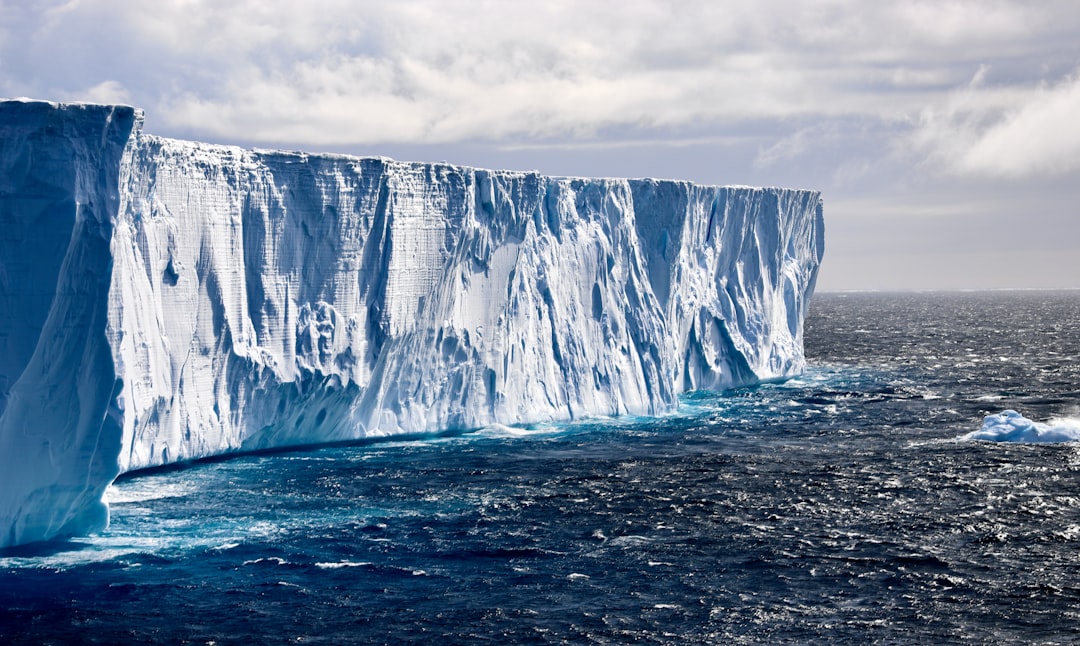
Safety Tips for Traveling to Antarctica
When embarking on your Antarctica expedition, it’s crucial to prioritize safety to ensure a smooth and enjoyable journey. Here are essential safety tips to keep in mind when traveling to Antarctica:
- Prioritize Health Precautions: Ensure that you are in good health before traveling to Antarctica. The remote and harsh environment can exacerbate any existing health issues, so it’s essential to consult your doctor before the trip. Additionally, be sure to pack any necessary medications and a first-aid kit.
- Stay Hydrated and Protected: Despite the cold temperatures, it’s easy to become dehydrated in Antarctica due to the dry air and physical exertion. Always carry a reusable water bottle and drink plenty of fluids. Moreover, protect yourself from the sun’s UV rays by wearing sunscreen, sunglasses, and protective clothing.
- Follow Expedition Guidelines: Whether you’re on a cruise or a land-based expedition, it’s crucial to adhere to the instructions and guidelines provided by your expedition leaders. They are experienced in navigating the Antarctic terrain and will ensure that you stay safe during excursions.
- Be Mindful of Wildlife: While observing the incredible wildlife in Antarctica is a remarkable experience, it’s imperative to maintain a safe distance from the animals. Respecting their natural habitat not only ensures your safety but also safeguards the well-being of the wildlife.
- Dress Appropriately: Dressing in layers is key to staying warm and comfortable in Antarctica. Be sure to pack insulated, waterproof clothing and sturdy, non-slip footwear to navigate the icy terrain.
By keeping these safety tips in mind, you’ll be well-prepared to embark on a memorable and secure journey to Antarctica.
Remember, respecting the environment and following safety protocols are vital to preserving the pristine nature of this extraordinary continent.
